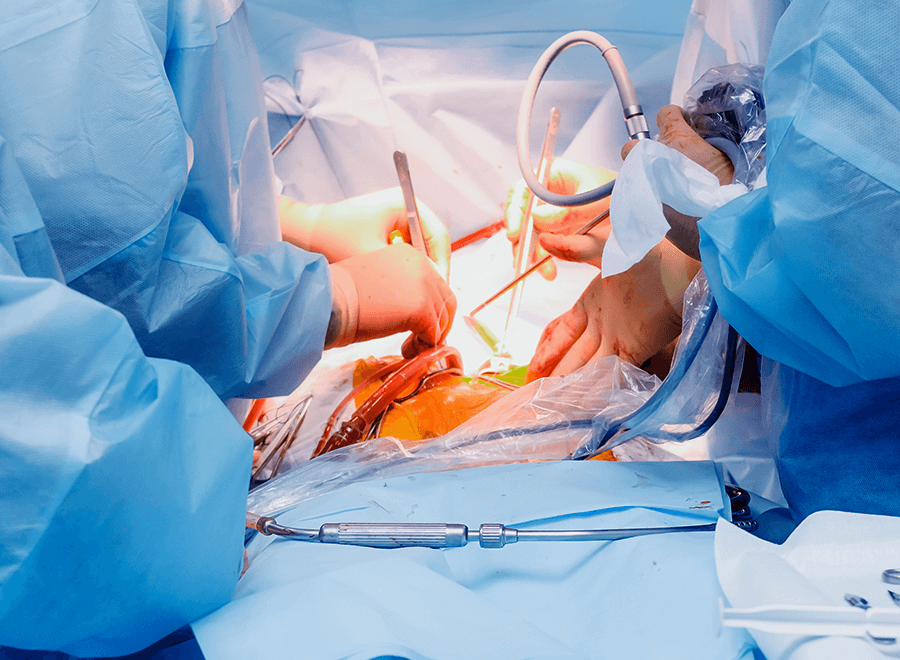Laparoscopy is a procedure in which doctors use a camera to look inside the abdomen and remove organs as necessary. Many people with chronic issues like Crohn’s disease, ulcerative colitis, or irritable bowel syndrome can get relief from symptoms with this type of surgery. However, there are several things you should know before choosing this type of laparoscopy operation. Here are five essential things to keep in mind before choosing laparoscopy:
What is Laparoscopy?
Laparoscopic surgery is a type of surgery that uses small, sharp instruments to access and repair internal organs. Before choosing laparoscopy as your treatment option, it is essential to understand what laparoscopy is and what it can do. A laparoscopy is a surgery that uses small, sharp instruments to access and repair internal organs. It is often used to treat various medical conditions, such as stomach ulcers, gallstones, and diseases of the uterus and ovaries. Laparoscopy is a highly-risky surgery that can be used to treat a variety of health conditions. Before choosing this surgery, it is essential to weigh the risks and benefits carefully. You can also learn about laparoscopy meaning in hindi.
Here are five things to consider before choosing laparoscopy:
1. Your medical history
2. Your overall health condition
3. The potential risks and benefits of laparoscopic surgery
4. The cost of the surgery
5. Your insurance coverage
How is Laparoscopy Performed?
Laparoscopy is a type of surgery that uses a small camera and surgical instruments to view and repair organs inside the body. The procedure is often used to treat diseases or injuries in the stomach, small intestine, large intestine, rectum, ovaries, or bladder.
Laparoscopy is usually performed through a small incision in the lower abdomen. The doctor uses laparoscopic tools to remove the organ or tissue that needs treatment and then views it through the laparoscope. Laparoscopic techniques allow the doctor to see inside the organ without cutting it open. This makes the surgery safer and more time-efficient than traditional surgery.
Open laparoscopy: This is the most common type of laparoscopy. In this procedure, the doctor makes an incision in the lower abdomen and removes the organ or tissue with a knife or other surgical tool. The incision may be left open for several days after the surgery to allow the infection to clear.
Recovery and Risks of Laparoscopy
If you are considering laparoscopy to treat a medical condition, be sure to understand the risks and recovery process. Recovery from laparoscopy can be long and complex, with many potential complications. Here are some things to consider before choosing this procedure:
1) The risks of laparoscopy include surgical site infection, bleeding, and pain. There is a risk of death during or after surgery, but this is relatively rare.
2) Recovery from laparoscopic surgery typically takes several weeks. You may take antibiotics to prevent infection, and your doctor may prescribe pain medications. You may also need to wear a compression garment several days after surgery.
3) There is a risk of long-term damage to your abdominal muscles and other organs if the surgery is done incorrectly. Be sure to discuss your concerns about the risks and benefits of laparoscopy with your doctor.
Conclusion
Laparoscopy is a procedure that can be very beneficial in many ways, but it’s essential to consider all of the possible risks before deciding to have one. Doing your research and asking questions during your preoperative consultations can minimize potential problems and ensure a smooth and successful laparoscopy experience.

